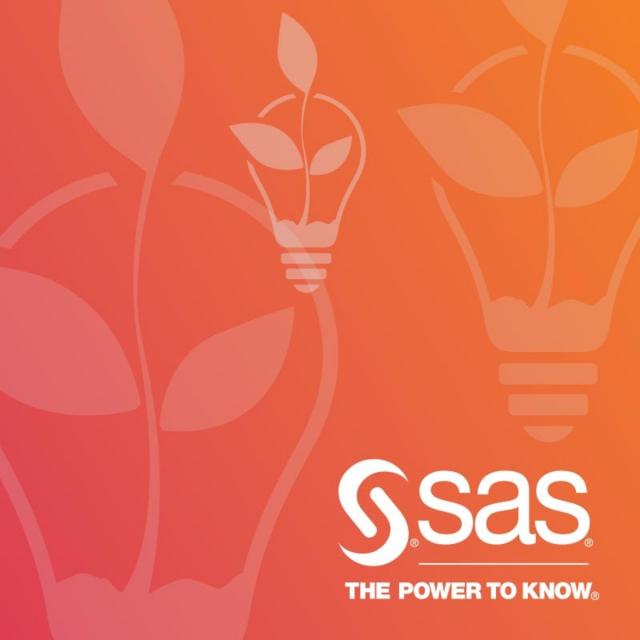MOOC List is learner-supported. When you buy through links on our site, we may earn an affiliate commission.

MOOC List is learner-supported. When you buy through links on our site, we may earn an affiliate commission.
In this course you learn how to understand and control DATA step processing, create an accumulating column and process data in groups, manipulate data with functions, convert column type, create custom formats, concatenate and merge tables, process repetitive code, and restructure tables. This course addresses Base SAS software.
Before attending this course, you should be able to write DATA step code to access data, subset rows and columns, compute new columns, and process data conditionally. You should also be able to sort tables using the SORT procedure and apply SAS formats.
Course 2 of 3 in the SAS Programmer Professional Certificate
Syllabus
WEEK 1
Course Overview and Data Setup
In this module you get an overview of what you learn in this course and you set up the software and data you use for activities and practices in the course.
Controlling DATA Step Processing
In this module, we dig deeper into the DATA step. You learn how the DATA step processes data behind the scenes. Then you use this knowledge to control when and where the DATA step outputs rows to new tables.
WEEK 2
Summarizing Data
In this module, you learn new syntax that enables you to alter the default behavior of the DATA step to solve a problem. First you learn to create an accumulating column, or in other words generate a running total. Then you learn to process data in groups, so you can perform an action when each group begins or ends.
WEEK 3
Manipulating Data with Functions
In this module, you learn to use some new functions that enable you to manipulate numeric, date, and character values. In addition, you learn to use functions that change a column from one data type to another.
WEEK 4
Creating and Using Custom Formats
In this module, you learn to create and use custom formats to enhance the way your data is displayed in a table or report.
WEEK 5
Combining Tables
In this module, we take a comprehensive look at combining tables by using the DATA step. You learn to concatenate tables, merge tables, and identify matching and nonmatching rows.
WEEK 6
Processing Repetitive Code
In this module, you learn to save time by taking advantage of iterative processing with DO loops. First you learn to create an iterative DO Loop, then you learn to create conditional DO loops.
WEEK 7
Restructuring Tables
In this module, you learn techniques that can be used to transpose or restructure a table. First you learn to restructure data with the DATA step. Then you learn to restructure data by using the TRANSPOSE procedure.
MOOC List is learner-supported. When you buy through links on our site, we may earn an affiliate commission.
MOOC List is learner-supported. When you buy through links on our site, we may earn an affiliate commission.
